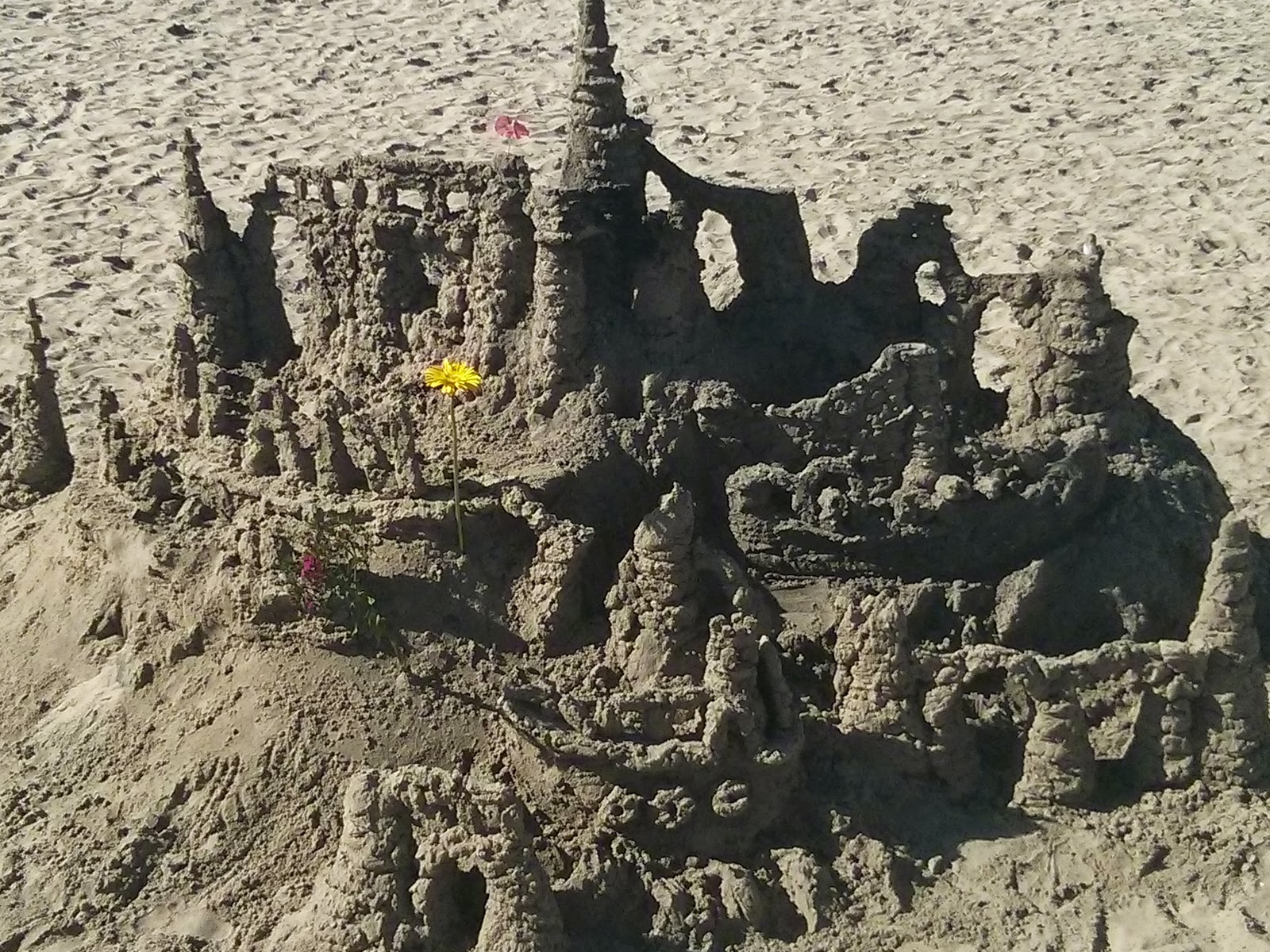Infrastructure determines how efficiently we can use
resources to encourage economic growth while conserving the environment. Old infrastructure
can put pressure on electricity, housing, water, transportation and business
development. Ensuring that infrastructure improves as the city grows will help
reduce future costs that impact the quality and cost of living locally.
Infrastructure influences the amount of fuel,
electricity, water, road ways, public transportation and other systems used. It
is a basic motherboard that all other things are built upon. The infrastructure
will determine which type of structures will be built and how wide versus large
a city will become. Proper infrastructure impacts just everything within the
city.
As an example, consider how a Stanford study on the
California drought was determined to be human driven and likely to be a regular
visitor (1).
This means that we should expect warmer summers, less rain, and more problems
keeping up with nature’s elements which will raise the cost of living for
everyone. People will need to pay more for resources they are currently using.
For example, spread out housing can use lots of
water to keep laws green and copper wire to keep connected. It will cost more
to get basic utilities in older systems than newer systems. Properly built multi-unit housing can be designed to
make better use of space, natural resources, and aesthetics to improve living
standards at a cheaper cost.
The cost of housing has increased to the point of
putting pressure on wages, families, and commerce itself. As a larger
percentage of income moves toward housing it will soak resources from
restaurants, college savings, clothing, family budgets, etc… Eventually
increased costs will impact other things such as wages or
less disposable income.
Of course there is also public transportation itself
that helps reduce congestion, pollution, roadways, and lifestyle. Getting
additional light rail lines, sectioning off bike paths, and finding alternative
transportation helps improve the functioning of the system. Manhattan provides an example where 82% of people get to work without using a car (Goodspeed, 2006).
Infrastructure is an important aspect of San Diego and any other city that wants to ensure growth in the future. Planning is focusing on today's problems and tomorrows solutions to see if both can be met. There are no simple solutions as changes are slow, large, and long-lasting. Trying to think 20 years down the road can be difficult. Tomorrows problems are rearing their head today.
Goodspeed, B. (2006). It’s not easy being greenest:
10 cities to watch. The Environmental
Magazine, 17 (4).




